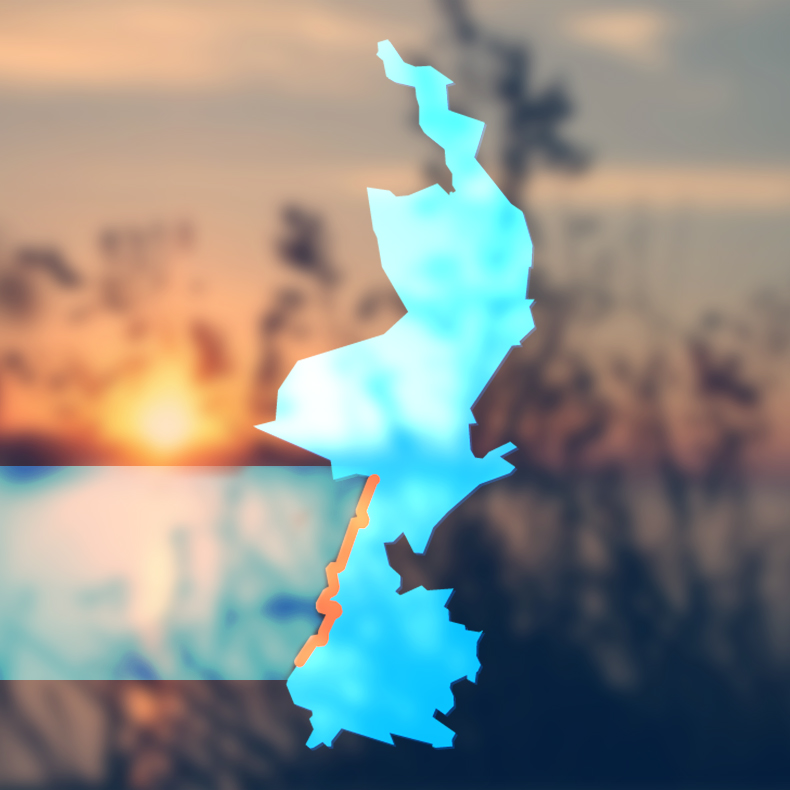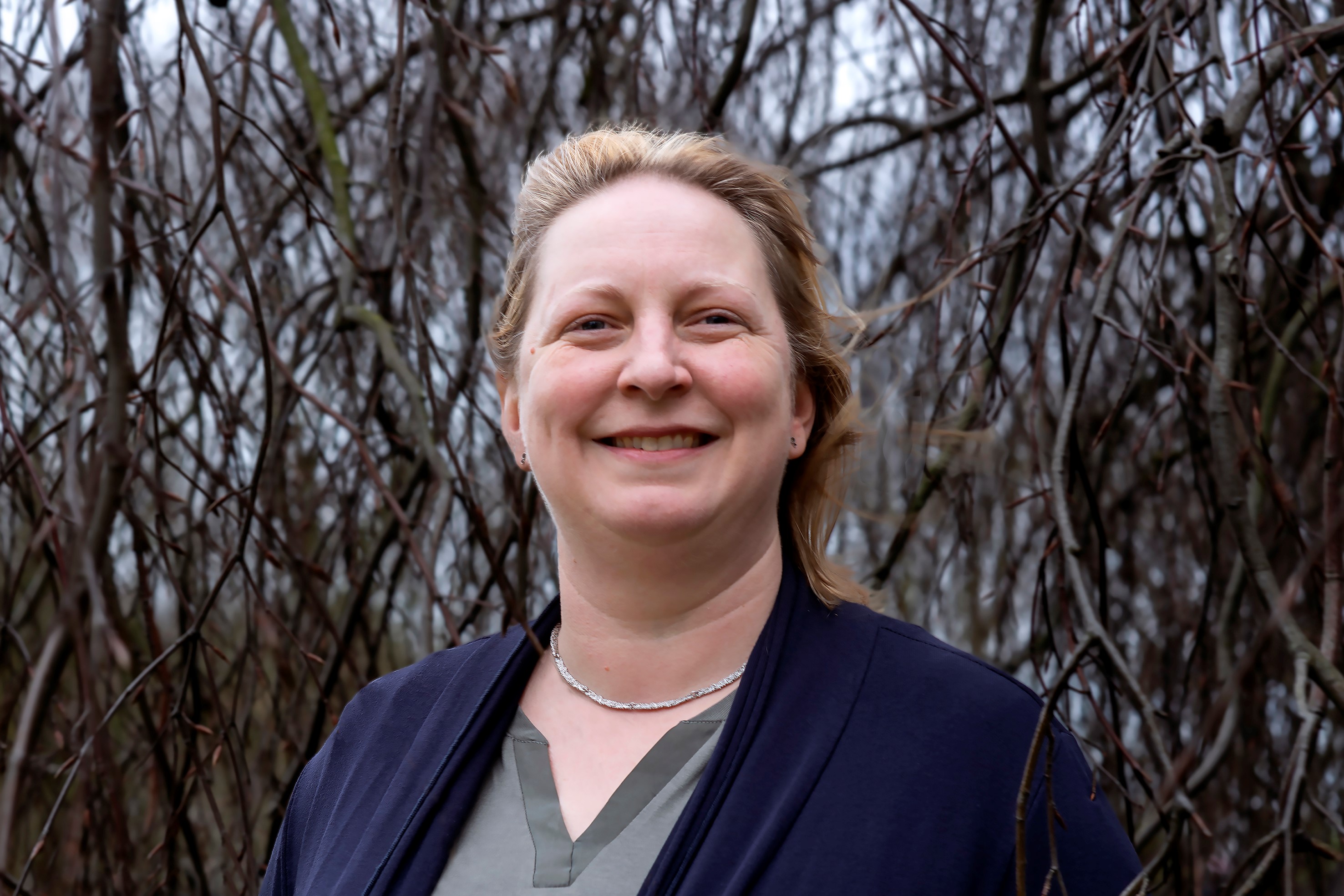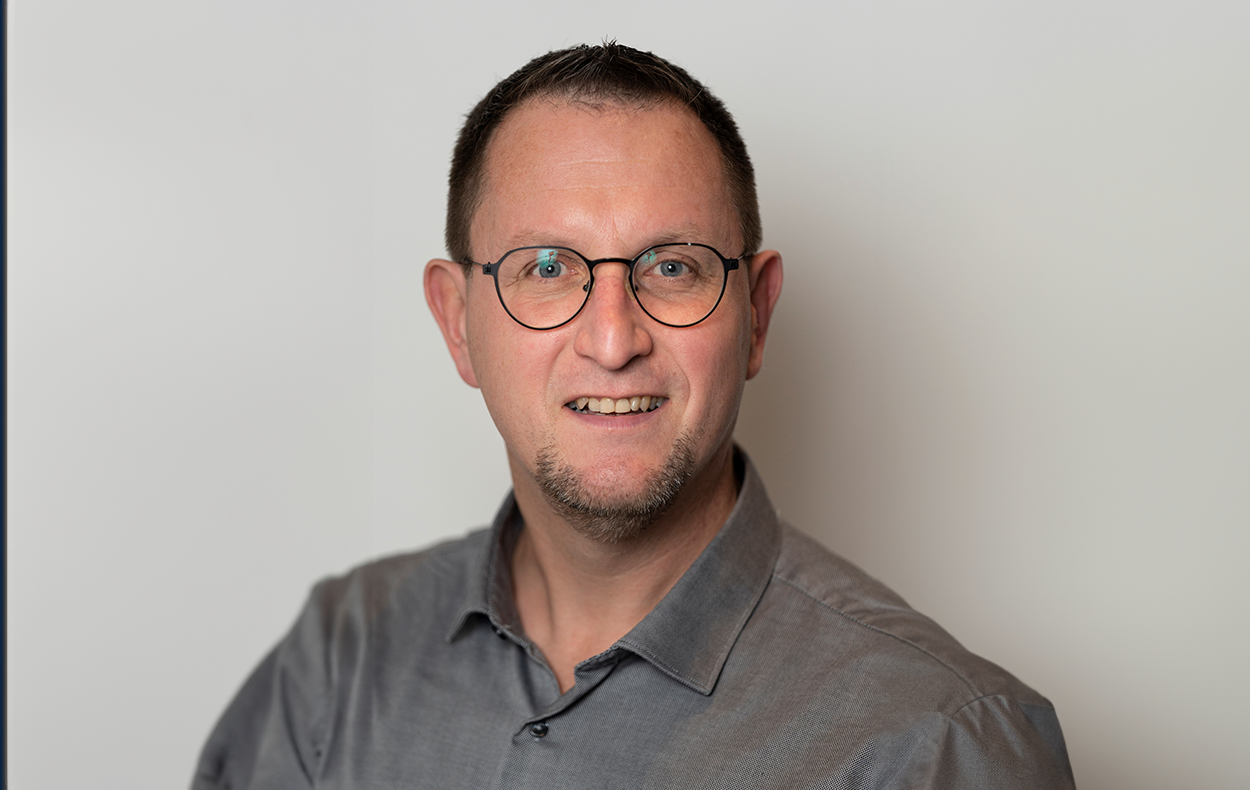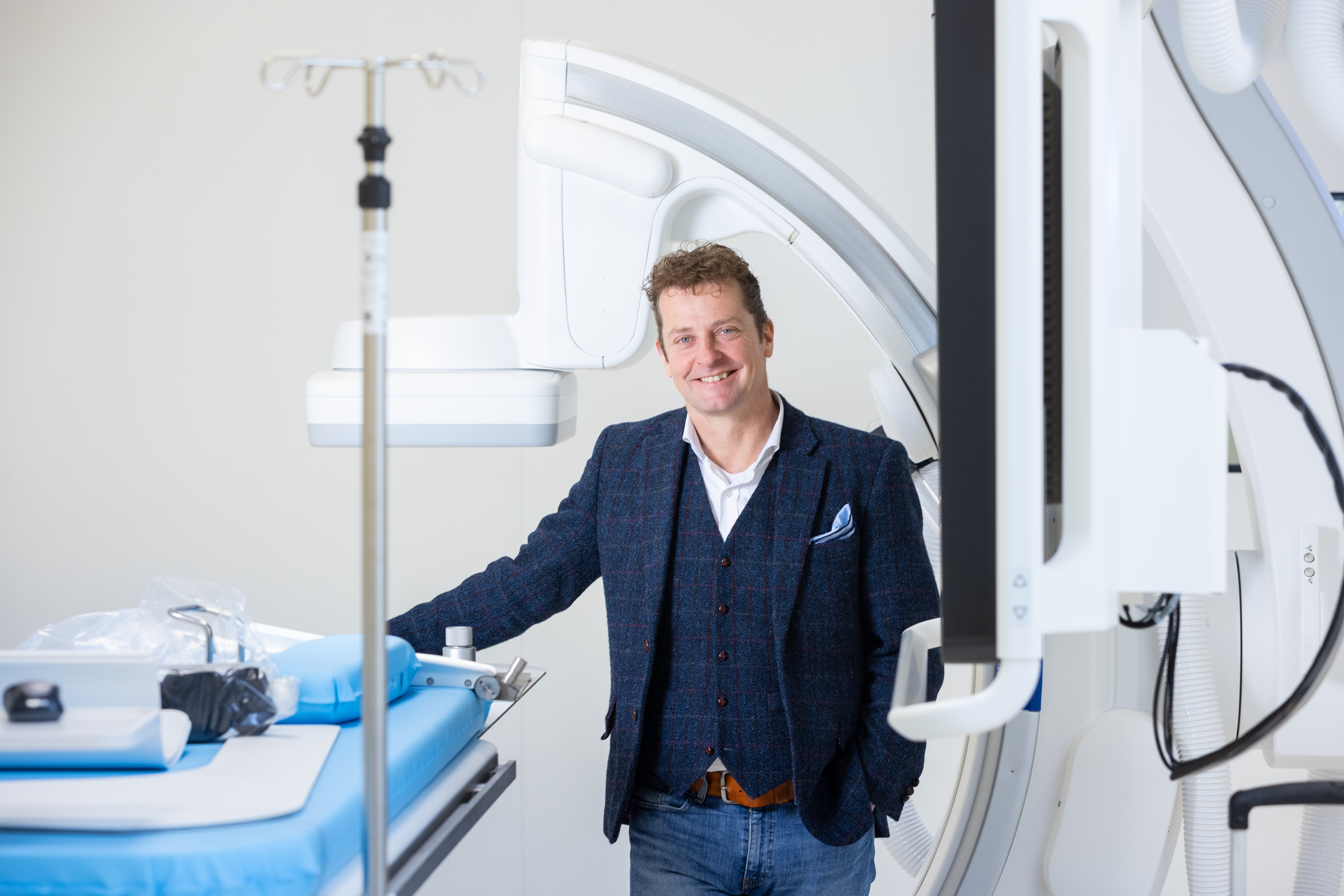Crossing borders at the Grensmaas
The Grensmaas project has been running since 2008 and is the largest river restoration project in The Netherlands. The aim of the project was to kill three birds with one stone by:extracting gravel and sand to widen the river and increase flood protection, develop nature and generate profit for mining companies.
Now, more than a decade later, Maastricht University (together with Wageningen University and Research, Hanze University of Applied Science and Twente University, amongst others) are analyzing the social, ecological and economic impacts of this project to ensure a sustainable continuation of the Grensmaas project. This research should provide valuable insights for future projects.
The team from Maastricht University will focus on the biological impacts of the project. The innovative element of this project is that ecology, economic drivers and societal aspects will be analysed in one project. They all influence each other. Furthermore, Citizen Science will be an integral part of the data gathering, asking Limburg citizens to become active participants in the project.
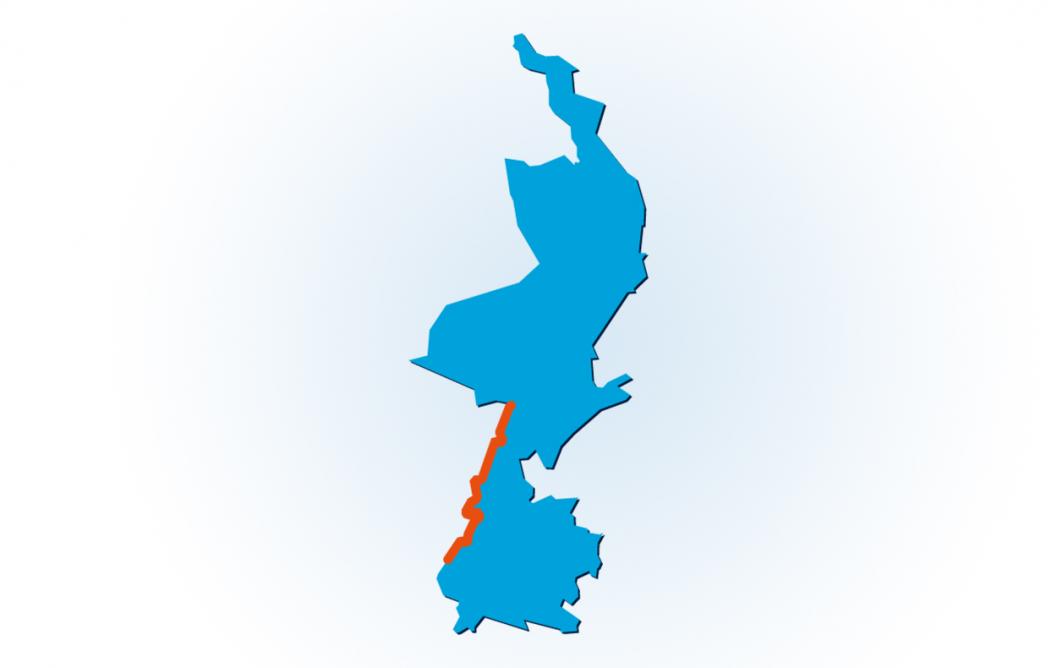
The Grensmaas (litteraly: border Meuse) is the 47 kilometer stretch of the Meuse river in the south of the Netherlands that acts as a natural border between the Netherlands and Belgium.
The river system Grensmaas is unique
Maya Daumal, the PhD of the Maastricht team, will be working on the terrestrial and aquatic biodiversity of the Grensmaas. She adds: ‘The river system Grensmaas is unique in the Netherlands. Understanding which natural and human factors influence the biodiversity in the area is essential to relate them to the economic and social sub-systems.’
Roy Erkens, the other UM biologist participating, explains: ‘For instance: the involved companies want to make a profit but the impact needs to be acceptable to society and should create better nature. How do these processes influence each other?’ Therefore, the project is not only using quantitative methods; but also citizen science and narrative approaches to analyse the interaction between the three elements.
Daumal adds: ‘As public support is important for the long-lasting success for such a big project, raising awareness is essential. Citizen science will not only help us to answer our research questions, but also create knowledge in the population and empower more people to be part of the project. This is an exciting new view on research, and we are excited to explore the possibilities.’
Nature based solutions
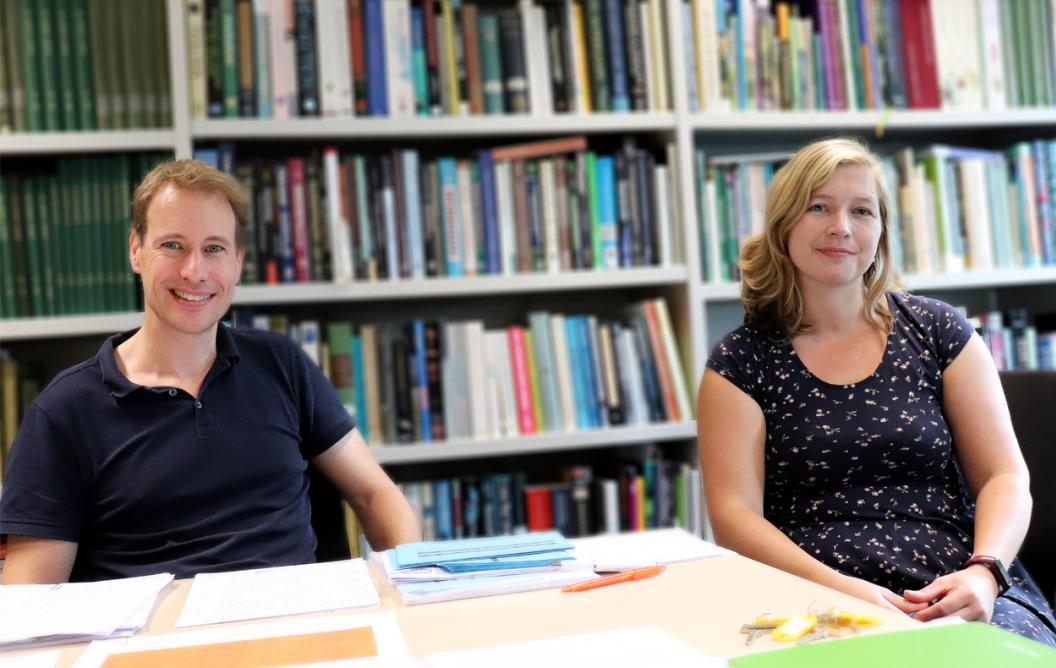
Erkens who is a biologist at Maastricht Science Programme: ‘In the current project, with Wageningen University as main-applicant and myself as one of the co-applicants, we will look at the Nature Based Solution (NBS) that the Grensmaas is. This means that instead of building dikes, space was provided for the river to reduce flood risk’.
Erkens continues: ‘There is a growing awareness that NBSs provide cost-effective solutions that simultaneously provide environmental, social and economic benefits and help building resilience. This project evaluates the societal, economic, and ecological impacts and hopes to identify design principles fostering societal support and economic viability of NBS.’
Addition to UM’s ambition
As a biologist, Erkens is very excited for the future: ‘This project is truly multidisciplinary: it is a combination of natural sciences and social sciences, but it also an addition to UM’s ambition to be an important player in the study of nature in Limburg.’ Erkens adds: ‘hopefully, this is the start of an evolutionary and ecological research and teaching center at the Faculty of Science and Engineering’.
Part of a bigger project
The Grensmaas project is only one quarter of a NWO funded call: Living Labs in the Dutch Delta. The overarching project aims to develop knowledge to improve water security and the resilience of the water system. The three other projects are:
- C-SCAPE: Sandy strategies for sustainable coastal climate change adaptation. To provide deeper insight in sand nourishment, which enables better design and evaluation of future climate adaptation measures.
- The Hedwige-Prosper Polder as a future-oriented experiment in managed realignment: integrating saltmarshes in water safety. The project investigates the role of marshes in dike protection and flooding.
- ReAShore: Resilient Anthropogenic Shores. To investigate how man-made sandy shores improve flood safety and spatial quality.
Also read
-
"I am proud that our new Circular Plastics group published its first completely in-house research," Kim Ragaert says. She founded the research group three years ago, when she moved to Maastricht. Her work has laid the foundations for many innovations in the field of plastic recycling, and she is...
-
Gerco Onderwater investigates the flavour of the universe while guarding the flavour of the Maastricht Science Programme. On 31 May, during his inaugural lecture, he provided a pre-taste of his work in Maastricht.
-
Lee Bouwman, a vascular surgeon and endowed professor of Clinical Engineering, specialises in the implementation of groundbreaking healthcare technologies. The key to success, he says, lies in the collaboration between engineers and clinicians. This approach has already resulted in a range of...
